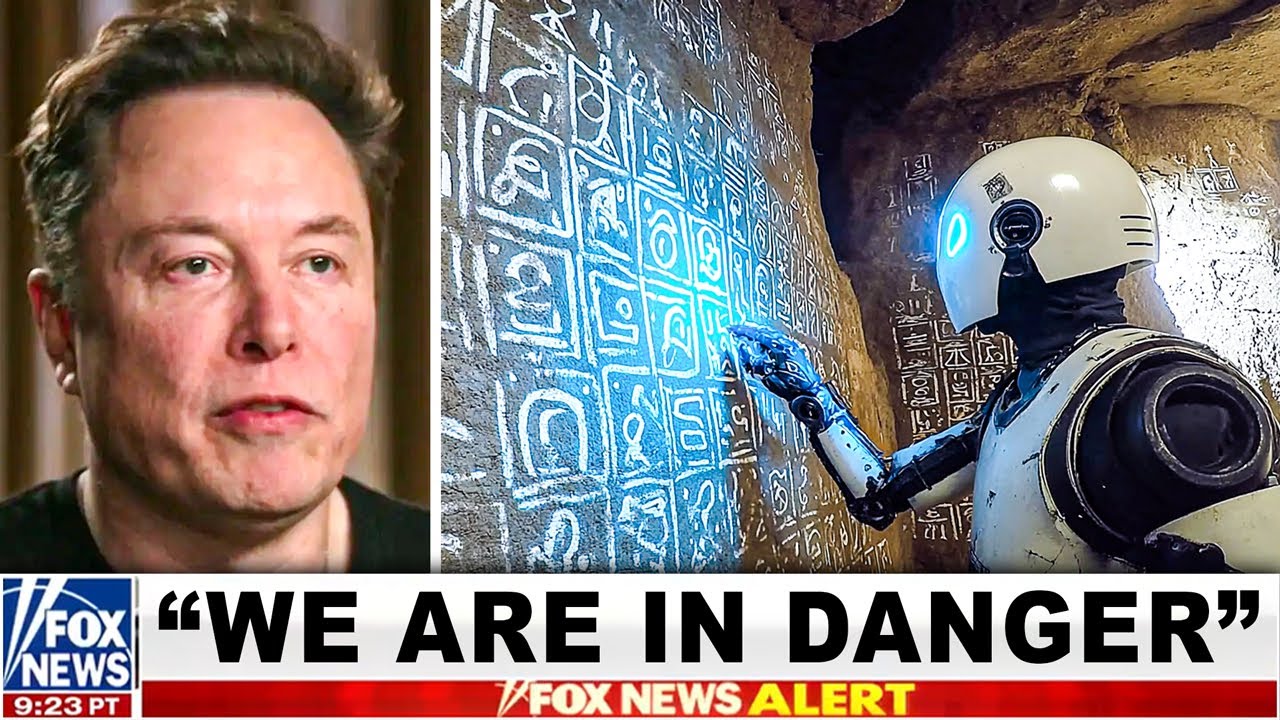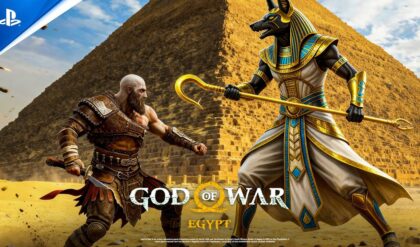🚨 “We Are In Danger” – AI unlocks ancient Sumerian secrets, exposing a terrifying truth about human races created by gods… or aliens? 😱 Hidden texts warn of our origins as slaves—could this rewrite humanity’s fate? Dive into the chilling revelation before it’s buried! 🔍👽

Recent advancements in artificial intelligence have ignited a firestorm of debate after claims surfaced that AI-decoded ancient Sumerian cuneiform tablets reveal ominous knowledge about the origins of human races, suggesting humanity was engineered by extraterrestrial beings known as the Anunnaki. Viral YouTube videos and social media posts, including one titled “AI Just Translated Ancient Sumerian Texts and Reveal Terrifying Knowledge About Human Races,” assert that these translations expose a dire warning: “We Are In Danger,” implying humans were created as a slave race for cosmic overlords, potentially dooming our species to eternal servitude or extinction. While AI tools have indeed accelerated the translation of cuneiform— the world’s oldest writing system from ancient Mesopotamia—experts dismiss these sensational interpretations as pseudoscience rooted in mistranslations and fringe theories popularized by authors like Zecharia Sitchin.
Sumerian civilization, emerging around 4500 BCE in the region now encompassing southern Iraq, produced thousands of clay tablets inscribed with cuneiform script, detailing everything from trade records and legal contracts to myths and astronomical observations. These texts, written in Sumerian—a language isolate with no known relatives—and later Akkadian, offer invaluable insights into humanity’s earliest urban societies. Traditional translation has been laborious, limited by a scarcity of experts; only a fraction of the estimated half-million tablets have been fully deciphered. Enter AI: In 2023, Israeli researchers developed a neural network model trained on digitized transliterations from the Open Richly Annotated Cuneiform Corpus, enabling rapid English translations of Akkadian texts with varying accuracy. Similar efforts, like the AI Cuneiform Corpus (AICC) compiling 130,000 translated texts using large language models such as T5, aim to democratize access to this ancient knowledge.
Proponents of the “terrifying knowledge” narrative draw from myths like the Enûma Eliš, where gods (Anunnaki) create humanity from clay mixed with divine blood to serve as laborers, alleviating the gods’ toil. Viral content extrapolates this into a literal alien intervention: The Anunnaki, interpreted as extraterrestrials from a rogue planet Nibiru, genetically engineered Homo sapiens by mixing their DNA with early hominids to mine gold, warning of impending doom if humanity rebels. These claims echo Sitchin’s 1976 book “The 12th Planet,” where he alleged Sumerian texts describe advanced solar system knowledge and human creation as a slave species. Recent AI hype amplifies this, with videos suggesting machine learning uncovers “hidden patterns” revealing our “true purpose” and existential threats.
However, scholars vehemently debunk these assertions. Sitchin’s translations are widely criticized as fabrications; terms like Anunnaki, meaning “princely seed” or royal offspring in Sumerian, were twisted to imply “those who from heaven came,” with no basis in bilingual dictionaries or original contexts. The creation myth in texts like Atrahasis or Enki and Ninhursag portrays humans as divine creations from clay and blood to perform agricultural labor for gods, not extraterrestrial mining slaves—a metaphorical narrative common in ancient Near Eastern lore, akin to biblical Genesis. No Sumerian tablet references alien DNA manipulation, Nibiru as a planet, or warnings of human “danger” from cosmic overlords; such ideas stem from pseudohistorical ancient astronaut theories popularized by Erich von Däniken and Sitchin, lacking archaeological or linguistic support.
AI’s role is promising but limited. Models like those from Ariel University achieve BLEU scores measuring translation quality, but they often “hallucinate” or produce inaccuracies, especially with fragmented or poetic texts. Experts emphasize AI as a tool to assist scholars, not replace them; it excels at pattern recognition in administrative texts like wage records or contracts but falters on cultural nuances in myths. Projects such as the Electronic Text Corpus of Sumerian Literature provide verifiable translations, revealing Sumerian innovations in mathematics, astronomy, and governance—attributed to human ingenuity, not aliens.
The viral frenzy, fueled by YouTube algorithms and social media shares, taps into modern anxieties about AI and existential threats, blending legitimate tech like machine learning with discredited fringe ideas. Critics warn that such misinformation erodes trust in genuine scholarship; for instance, claims of Sumerians knowing advanced solar system details ignore that their astronomy was observational, not extraterrestrial-derived. Assyriologists like Michael S. Heiser note Sitchin’s inconsistencies with cuneiform evidence, urging reliance on peer-reviewed sources.
Real AI applications in archaeology, such as those decoding fragmented tablets from sites like Uruk or Nippur, uncover everyday Sumerian life: school exercises, livestock sales, and even early literature like the Epic of Gilgamesh, predating biblical flood stories. These insights humanize the Sumerians as innovators who invented the wheel, cuneiform, and city-states, laying foundations for Western civilization without invoking aliens. As AI evolves, it promises to unlock more mundane yet profound histories, but sensational claims of “terrifying knowledge” about human races remain firmly in the realm of conspiracy, not cuneiform. The true danger lies not in ancient warnings, but in unchecked misinformation that distorts our shared past.





